
One simple way to customize a knitting project is by substituting a stitch pattern, and the easiest place to do this is on the edging of a garment. An edging is typically applied when a garment is worked with a stitch (like stockinette) that curls. An edging is usually worked with a stitch that lies flat, which prevents the curling of the stockinette fabric. Since the majority of edgings are based on ribbing, having a few distinctive (and mathematically appropriate) substitutions handy can be a great way to put your own mark on a knitting project.
Broken Rib
Substitute for 1x1 Rib: Use this when your cast on number is a multiple of 2+1.
This versatile and classy edging is a variation on the classic 1x1 Rib, and indeed, several of the rows are actually 1x1 Rib. The difference is that two rows of ribbing are alternated with two rows of garter stitch. This creates a beautifully textured horizontal line in the middle of all the vertical lines.
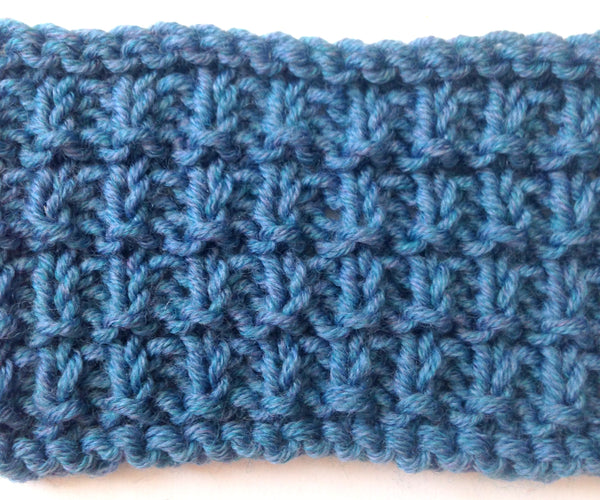
How to Work It
Multiple of 2 sts + 1
Row 1 (RS): Knit across.
Row 2 (WS): Knit across.
Row 3: *K1, p1; rep from * to last st, k1.
Row 4: *P1, k1; rep from * to last st, p1.
Checker Stitch
Substitute for 2x2 Rib: Use this when your cast on number is a multiple of 4+2.
This heavily textured edging takes 2x2 Rib and offsets the patterning by two stitches every two rows. It creates a textured checkerboard pattern that lies flat and pushes out wider than typical 2x2 Rib. This edging would be particularly nice on a split-hem garment since it lies flat but does not pull in like regular ribbing.
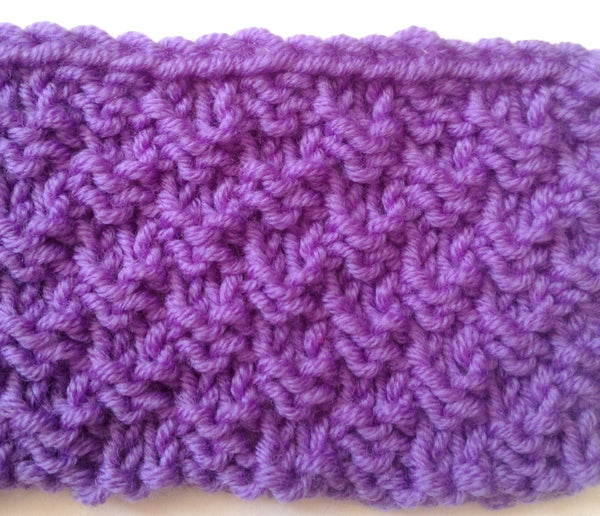
How to Work It
Multiple of 4 sts + 2
Row 1 (RS): *K2, p2; rep from * to last 2 sts, k2.
Row 2 (WS): *P2, k2; rep from * to last 2 sts, p2.
Row 3: *P2, k2; rep from * to last 2 sts, p2.
Row 4: *K2, p2; rep from * to last 2 sts, k2.
Woven Slipped Stitch
Substitute for 3x3 Rib: Use this when your cast on number is a multiple of 6+3.
This edging is striking with three stitch bands of slipped stitches that appear to be woven columns. This edging still gives you the strong vertical lines of a standard 3x3 Rib but adds that extra decorative element of the slipped-stitch floats. Try working this pattern with a subtle kettle-dyed yarn to really highlight the stitch floats.

How to Work It
Multiple of 6 sts + 3
Row 1 (RS): *P3, sl 1 wyif, k1, sl 1 wyif; rep from * to last 3 sts, p3.
Row 2 (WS): *K3, p3; rep from * to last 3 sts, k3.
Row 3: *P3, k1, sl 1 wyif, k1; rep from * to last 3 sts, p3.
Row 4: *K3, p3; rep from * to last 3 sts, k3.
Stacked Slipped Stitch
Substitute for 2x2 Rib in a Multicolored Yarn: Use this when your cast on number is a multiple of 4+2.
Sometimes getting a multicolored (ombre or variegated) yarn to play nice with stitch patterning can be a trial -- the colors can pool in weird places and make for a difficult-to-discern pattern. The trick with multicolored yarns is using a stitch pattern that has floats, or increases, that disrupt the mathematical repeats in the yarn as well as highlighting the different colors. This edging uses slipped stitches on the wrong-side row to create horizontal bars of color on the right-side rows. Since the patterning is based on 2x2 Rib, the work does not curl horizontally; although, my sample did have its vertical edges curl in somewhat, making this edging best for working in the round or seamed together but not for a split hem.

How to Work It
Multiple of 4 sts + 2
Row 1 (RS): *P2, k2; rep from * to last 2 sts, p2.
Row 2 (WS): *K2, sl 2 pwise wyib; rep from * to last 2 sts, k2.
Of course these are only 4 of the uncountable options out there for an alternate stitch edging. So grab a stitch dictionary and get creative, be the designer for a day! Happy Knitting- xo Meghan
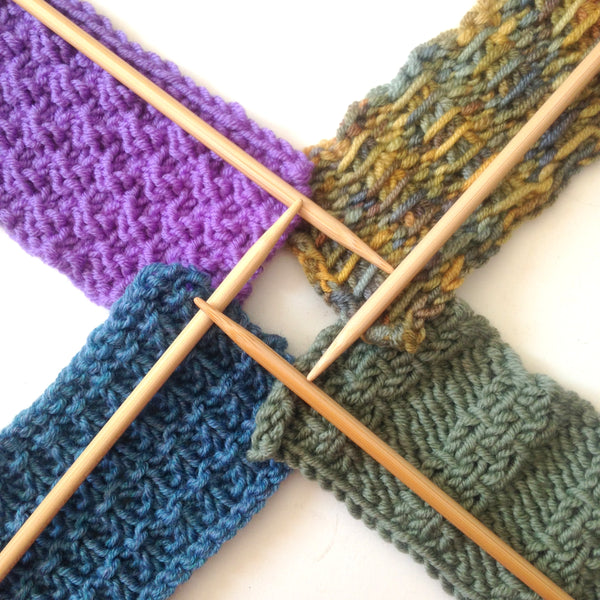

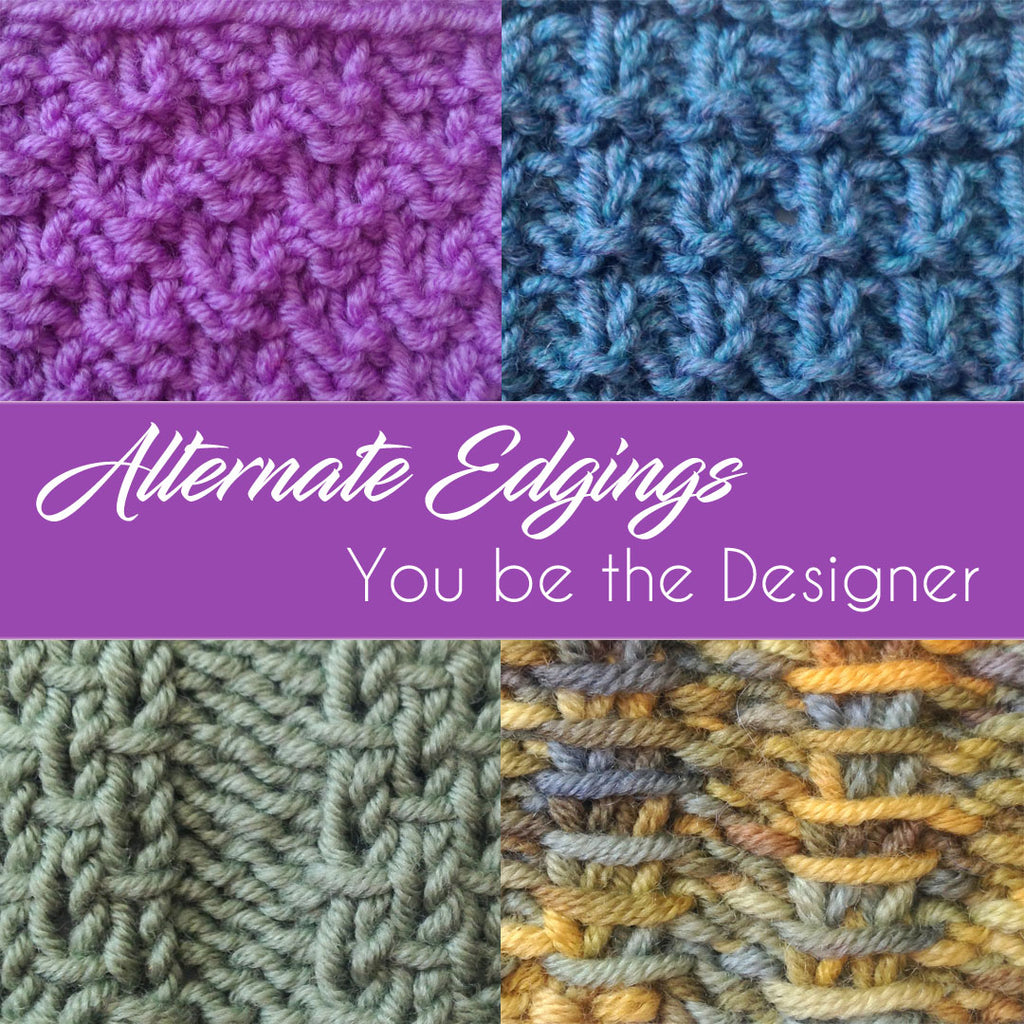
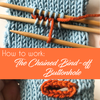
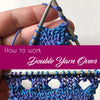

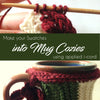
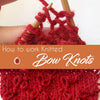
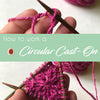
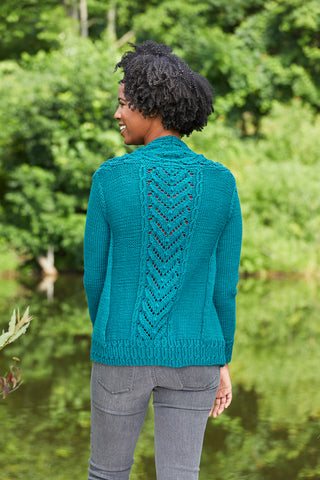
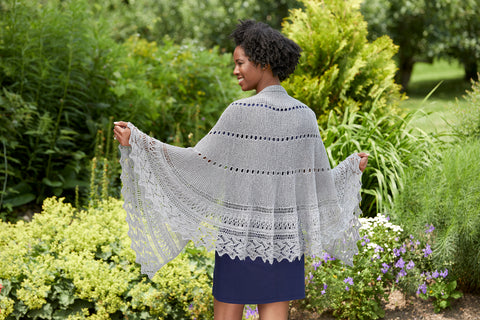
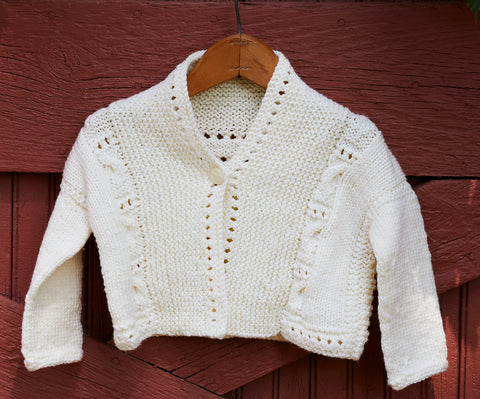
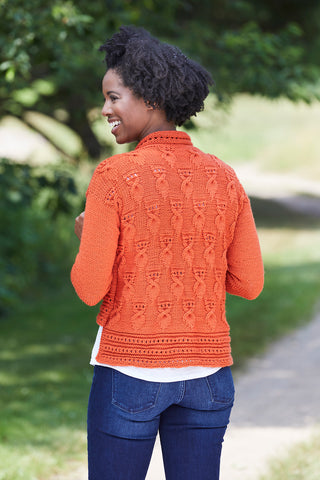
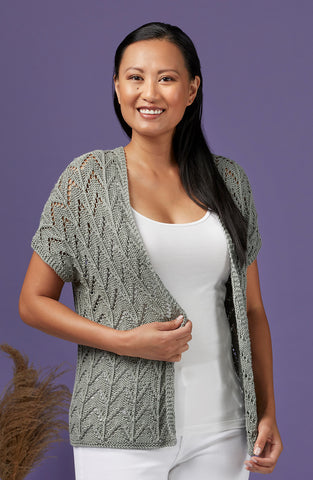
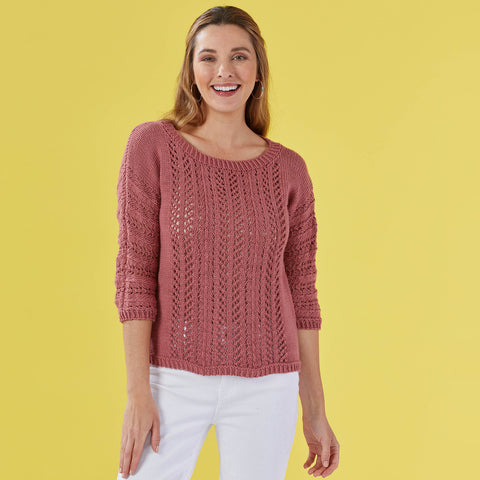
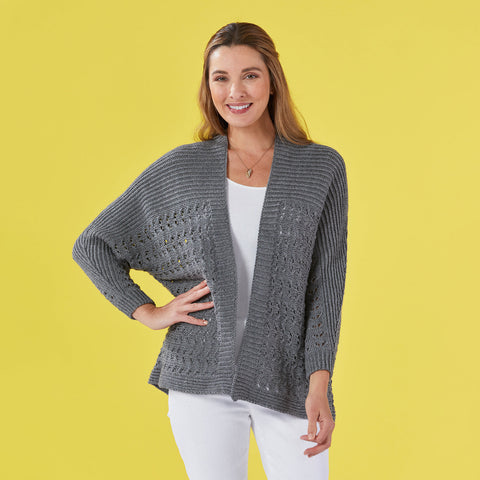
Helen Rodriguez
These are sime easy designs I haven’t used before. I can’t wait to try them. Thank you
Meghan Jones
Hi Lynn, The broken rib and checker are definitely just as stretchy, but the woven slipped and stacked stitch are less stretchy- thanks! Meghan
Lynn Spann Bowditch
Hi – are these alternatives to regular ribbing equally stretchy as their counterparts, or more or less stretchy?